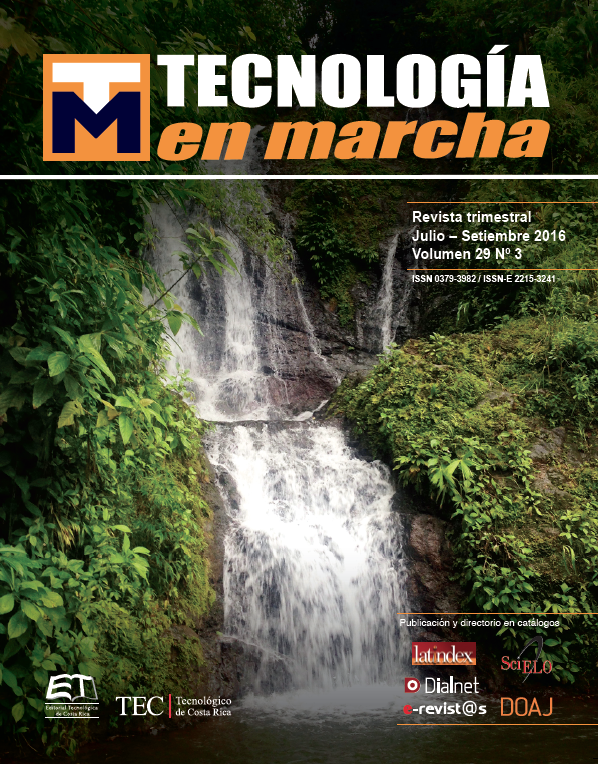Natural attractions in the area Gandoca National Wildlife Refuge Gandoca Manzanillo, Limón, Costa Rica
Main Article Content
Abstract
The physical planning is an element contributing to the socioeconomic development. Within this process, the determination of ecotourism attractions in protected wilderness areas of mixed character is essential to guide the permitted uses and community management. This study aimed to identify the natural attractions Gandoca sector, the National Wildlife Refuge Gandoca Manzanillo, Limon, Costa Rica. To which a participatory workshop was held with various community sectors and members of management of the refuge. Additionally, field visits were conducted, guided by members of the community and the validation of the attractions with the participation of key informants. Each was georeferenced and characterized based on the methodology proposed by the Costa Rican Tourism Institute (ICT). We determined the presence of the following types of attractions: coast, mountain, coastal lagoon, mangrove, cativales, wildlife sightings with emphasis on sea turtles, among others. On the issue of sea turtles, the most important is the leatherback turtle sightings. From these attractions which turned out to be more important or valued was the sighting of flora and fauna. The attraction won the highest ranking (5) was wildlife sightings while which had the lowest hierarchy (1) was the beach. The most important attraction for the community was the sea turtle sightings followed the mangroves. We conclude that in this area there are 10 types of natural attractions and tourist activity has been focused on the leatherback turtle. These elements identified should be incorporated into a management proposal to promote local development.
Article Details
Los autores conservan los derechos de autor y ceden a la revista el derecho de la primera publicación y pueda editarlo, reproducirlo, distribuirlo, exhibirlo y comunicarlo en el país y en el extranjero mediante medios impresos y electrónicos. Asimismo, asumen el compromiso sobre cualquier litigio o reclamación relacionada con derechos de propiedad intelectual, exonerando de responsabilidad a la Editorial Tecnológica de Costa Rica. Además, se establece que los autores pueden realizar otros acuerdos contractuales independientes y adicionales para la distribución no exclusiva de la versión del artículo publicado en esta revista (p. ej., incluirlo en un repositorio institucional o publicarlo en un libro) siempre que indiquen claramente que el trabajo se publicó por primera vez en esta revista.

